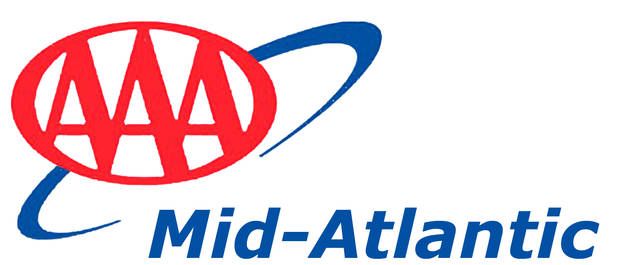Click here to subscribe today or Login.
WILKES-BARRE — At a time when drowsy driving is becoming a more critical problem, AAA Mid-Atlantic warns that drivers should not rely on their bodies to tell them when they are tired.
According to the AAA Foundation for Traffic Safety, the most in-depth drowsy driving research ever conducted in the U.S. found that the percentage of crashes involving drowsiness is many times higher than federal estimates indicate.
“As many Americans struggle to balance their busy schedules, missing a few hours of sleep each day can often seem harmless,” said Jana L. Tidwell, manager of Public and Government Affairs for AAA Mid-Atlantic. “But missing just two to three hours of sleep can more than quadruple your risk for a crash, which is the equivalent of driving drunk.”
In Pennsylvania, PennDOT data shows drowsy driving was a contributing factor in 2,625 crashes in 2016, resulting in 25 fatalities. When compared to previous years’ statistics, 2016 had a fatality rate 31 percent higher than 2015 and 212 percent higher than 2013.
Tidwell said the difficulty in detecting drowsiness following a crash makes drowsy driving one of the most under-reported traffic safety issues. The new research provides an unprecedented analysis of in-vehicle dash-cam video from more than 700 crashes, confirming the danger of drowsy driving soars above official estimates.
In the study, researchers examined video of drivers’ faces in the three minutes leading up to a crash. Using a scientific measure linking the percentage of time a person’s eyes are closed to their level of drowsiness, the researchers determined that 9.5 percent of all crashes and 10.8 percent of crashes resulting in significant property damage involved drowsiness.
Federal estimates indicate drowsiness is a factor in only 1 to 2 percent of crashes. The National Highway Traffic Safety Administration reports that fatigue-related fatal and injury crashes cost around $109 billion per year — and that’s not including property damage.
In a recent related AAA Foundation survey, nearly all drivers (96 percent) say they view drowsy driving as a serious threat to their safety and a completely unacceptable behavior. However, 29 percent admitted to driving when they were so tired they had a hard time keeping their eyes open at some point in the past month.
“Don’t be fooled, the only antidote for drowsiness is sleep,” said Tidwell. “Short-term tactics like drinking coffee, singing, or rolling down the window will not work. Your body’s need for sleep will eventually override your brain’s attempts to stay awake.”
Tips
AAA recommends that drivers:
• Travel at times of the day when they are normally awake.
• Avoid heavy foods.
• Avoid medications that cause drowsiness or other impairment.
For longer trips, drivers should:
• Schedule a break every two hours or 100 miles.
• Travel with an alert passenger and take turns driving.
“Do not underestimate the power of a quick nap,” Tidwell said. “Pulling into a rest stop and taking a quick catnap — at least 20 minutes and no more than 30 minutes of sleep — can help to keep you alert on the road.”





